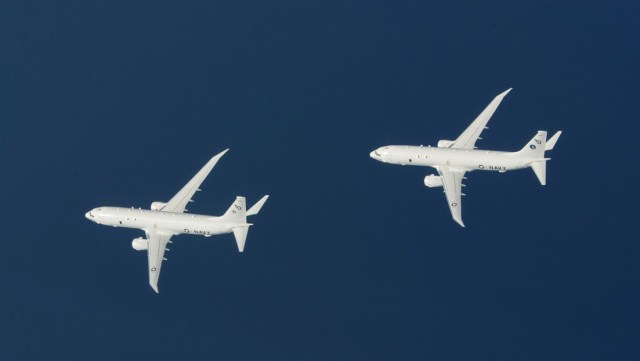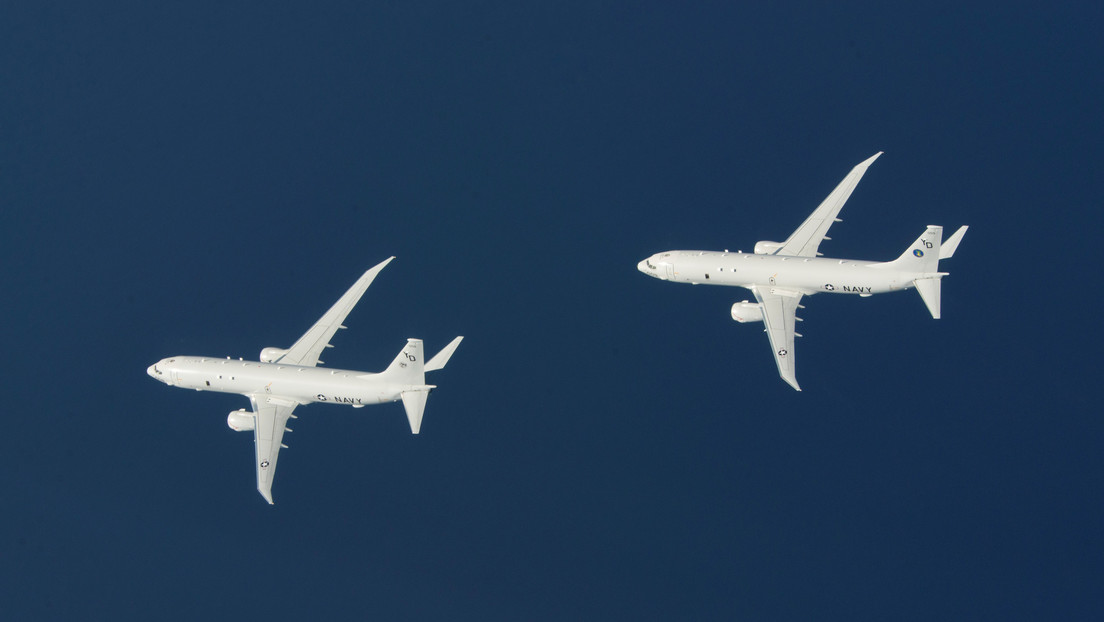Non-profit

Juan S. Chua / Reuters
Airline of passenger airlines They are usually white or almost completely white. This is part of the landscape of any airport This is not information that one would normally pay attention to. Of course, In the white panorama of aviation, there are companies that stand out for their sophisticated and distinctive colors.. But Is there any reason for this? Is it just a matter of taste? Do you have marketing, security, practical reasons? Here are the answers.
By Infobe
There is no restriction that companies require a specific color for aircraft, the truth is that most will be white. Although it may seem like a coincidence, it is true that there are many reasons.
One of the main reasons is that white paint reflects sunlight, helps to keep the aircraft cool and helps to minimize potential radiation damage. Thus, less energy is used to cool the interior of the aircraft, thus saving fuel by painting the aircraft white.
“Cool paint that protects the exterior will require less cooling on the inside, which translates to lower cost,” aeronautics professor John Hansman explained to Business Insider.
In addition, the white color facilitates visual inspection performed between each aircraft, thus reducing its time. In addition, there are several studies that confirm that birds can distinguish white planes very easily, thus minimizing their impact during takeoff and landing.
In addition, white paint is less prone to other strikes, it is more noticeable when worn, is easier to maintain and is less expensive. Paint a plane Costs from 40,000 to 160,000 euros, Depending on the size of the aircraft and the more or less artistic tastes of the operator, as noted by the European School of Aviation (EAS, its abbreviation in English) on its website.
On the other hand, the importance of strengthening the brand image White planes make it difficult to identify the aircraft They belong. This is why there are so many companies They break the color monotony. For example Dutch airline KLM, its aircraft are available in light blue or Air New Zealand black.
In other cases, airlines temporarily paint some of their flights as a reference, tribute, or celebration. For example, the case of the Japanese All Nippon Airways, Who decided Draw three planes of the A380 model in the shape of a Hawaiian sea turtle as a tribute to the North American island. When the road connecting Tokyo opens.
Flying objects should, in principle, weigh as little as possible. The more weight an aircraft carries, the harder it is and the higher the fuel cost. That is why it is very expensive to carry luggage beyond the weight established by each airline. Manufacturers have been lighting up all the interiors of the aircraft for many years. Companies insist on reducing weight in all aspects, one of which is paint.
For example, to paint the exterior of an Airbus A320, according to EAS A few decades ago 250 kg of paint was required. Currently, techniques for applying paint and its own composition have been developed to reduce the added weight with this concept that the aircraft must support. Currently, only 100 kg of paint is required to paint the A320.
As the weight of the paint increases, simple, restrained designs, often in white, will reduce the weight.
On the other hand, if the aircraft is painted white when sold or rented, it will be easier to transfer it to another company.
Once manufactured, a plane is coated with a multi-layer base paint that has the dual function of varying between brown and green with unobtrusive color ranges, preserving the metal on the surface and enhancing the subsequent adhesion of the painting. EAS. Then, the final paint and vinyl are sometimes used and the logos that give the aircraft a corporate personality. Only the vertical glide of the tail usually comes from the factory with the final colors and logo. These particular painting works are done Large hangers are fitted with the necessary mechanisms to apply the paint at the optimum temperature and without drafts, which guarantees the quality of the finish.
The process of coloring a new factory aircraft begins by sanding the surface to remove traces of dirt or grease. Because the body is completely clean, we give color and life to the exterior of the aircraft. In many cases, after the paint has been applied, layers of transparent varnish are applied, which allows for greater protection of the paint and against water or dust.
When it comes to repainting a plane, all of these tasks involve removing the old paint and removing the entire plane.
Over time, the paint in the aircraft loses its properties due to exposure to high levels of UV (ultraviolet) rays and large temperature changes – from +40 or 50ºC in some latitudes in summer to -55ºC when flying at altitudes. 11,000 meters – this should be affected on a daily basis.
In addition, the same abrasive effect of cleaning, application of de-icing chemicals or air can cause paint wear. Therefore, the Repaint once every five or eight years, depending on the condition of the aircraft.


:quality(85)/cloudfront-us-east-1.images.arcpublishing.com/infobae/BH6NLAQGXJGADFWTENBUV7Z7RQ.jpg)
:quality(85)/cloudfront-us-east-1.images.arcpublishing.com/infobae/3GK63ATFOMFAYNUAQKUL4WUJFM.jpg)

:quality(85)/cloudfront-us-east-1.images.arcpublishing.com/infobae/SJ35ZLSJ5NB4BWVRJPSK74P7AQ.jpg)